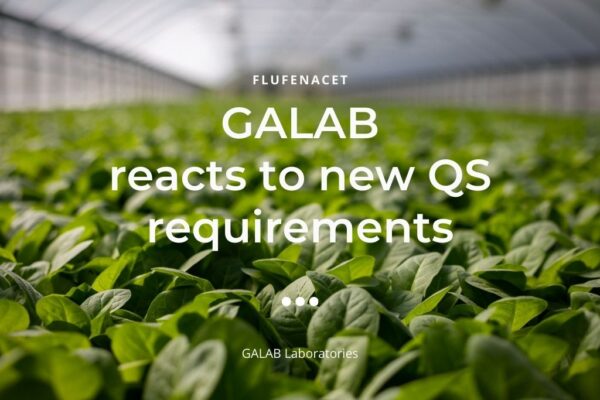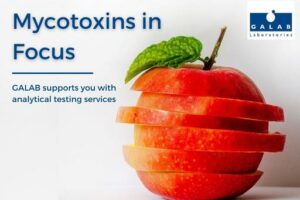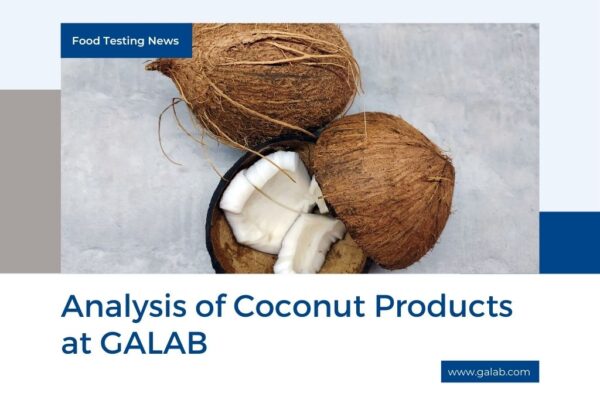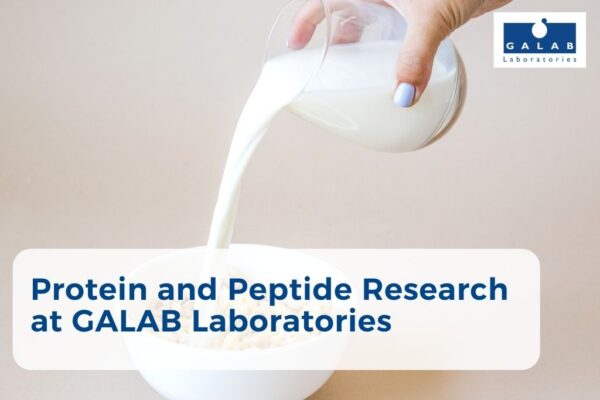Single residue methods (SRM): Current developments of single methods for pesticides

Significant progress in regard to multiple residue methods (MRM)
During the last couple of years there was significant progress in regard to multiple residue methods (MRM) for pesticides like the development of QuEChERS, QuPPe or SweEt. In the beginning the number of pesticides comprised a few hundred substances, nowadays more than 600 pesticides can be determined (current scope of substances: pesticides 500Plus®). In contrast to this development the limitations of MRMs is in sight. Some relevant substances cannot be determined with the current MRMs or the sensitivity of the method is not sufficient. Causes are chemical / physical properties of these substances like polarity or solubility, but the matrix also plays an important role. Substances like glyphosate or phenoxy carbonic acids cannot be determined with QuEChERS or do not yield the required limit of quantification of 0.01 ppm. Therefore there is an increasing demand in single residue methods (SRM) 2).
In Vienna GALAB researchers have presented their latest developments in the field of pesticide single residue methods at the European Pesticide Residue Workshop (EPRW, 2012)1). A new method for the detection of glyphosate, glufosinate and AMPA was presented. Glyphosate is the most frequently applied pesticide worldwide. It is very polar and can therefore not be detected reliably with the ESI-QQQ mass spectrometers. A derivatisation step with FMOC increases sensitivity and ruggedness of the method. The method was applied to a couple of non-representative tea varieties. Residues in the range between < 0.001 ppm to > 0.1 ppm were detected. Most residues were in the range between 0.01 and 0.05 ppm.
Most of the acidic herbicides such as phenoxy carbonic acids cannot be determined with MRMs. Our solution is the chemical reaction of carbonic acid with pentafluorobenzyl bromide (PFB) and subsequent determination using GC-NCI-MSD. This method comprises 23 single substances and is suitable for complex matrices like citrus fruits or dried foods. In a lemon sample a residue of 0.011 ppm 2,4-D was detected and in a tea sample Clopyralid was determined with a content of 0.134 ppm.
Sometimes the matrix interferes with the sensitive and safe determination of a substance. In the event of doubt an optimised single residue method provides reliable results. Biphenyl is an example: it can be determined using QuEChERS, but due to its low mass the sensitivity of the analysis is decreased for complex matrices. For nutmeg, we have developed a showcase extraction/clean-up procedure for Biphenyl which eliminates interferences by essential oils. As a result 0.013 ppm Biphenyl could be detected after this clean-up in a nutmeg sample. The cause of Biphenyl residues is not known since environmental influences such as open fire may be a possible source of contamination.
Discuss current topics of residue analysis with us. Our customer service is at your disposal.
Background Information:
Parameters & Analytical Methods
-
State-of-the-Art Analysis
We constantly update our spectrum of parameters to the latest developments in the food analysis sector and offer state-of-the-art analytical methods for the safety of your products.
-
Comprehensive multi-methods
We are constantly expanding our range of services in order to be able to guarantee you a comprehensive range of analyses. We offer multi-methods for mycotoxins, dioxin analysis or molecular biological analysis for GMOs and allergens. The GALAB Pesticide500Plus® multi-method can even be used for difficult matrices such as spices and herbs.
-
Constant development
If you cannot find the parameter/analysis you are looking for here, please do not hesitate to contact us. Our research and development department implements your requirements and specifications cost-efficiently and with a high quality standard.
-
Quality Policy
GALAB Laboratories has implemented a quality management system to allow for optimum service for their customers. It is our goal to establish close relations to customers by customer satisfaction. Therefor quick reactions to customers’ specific needs as well as considerations for quality demands of the market are necessary. We strive to provide comprehensive and professional advice to our customers. Learn more
Get in touch, we will help you.






